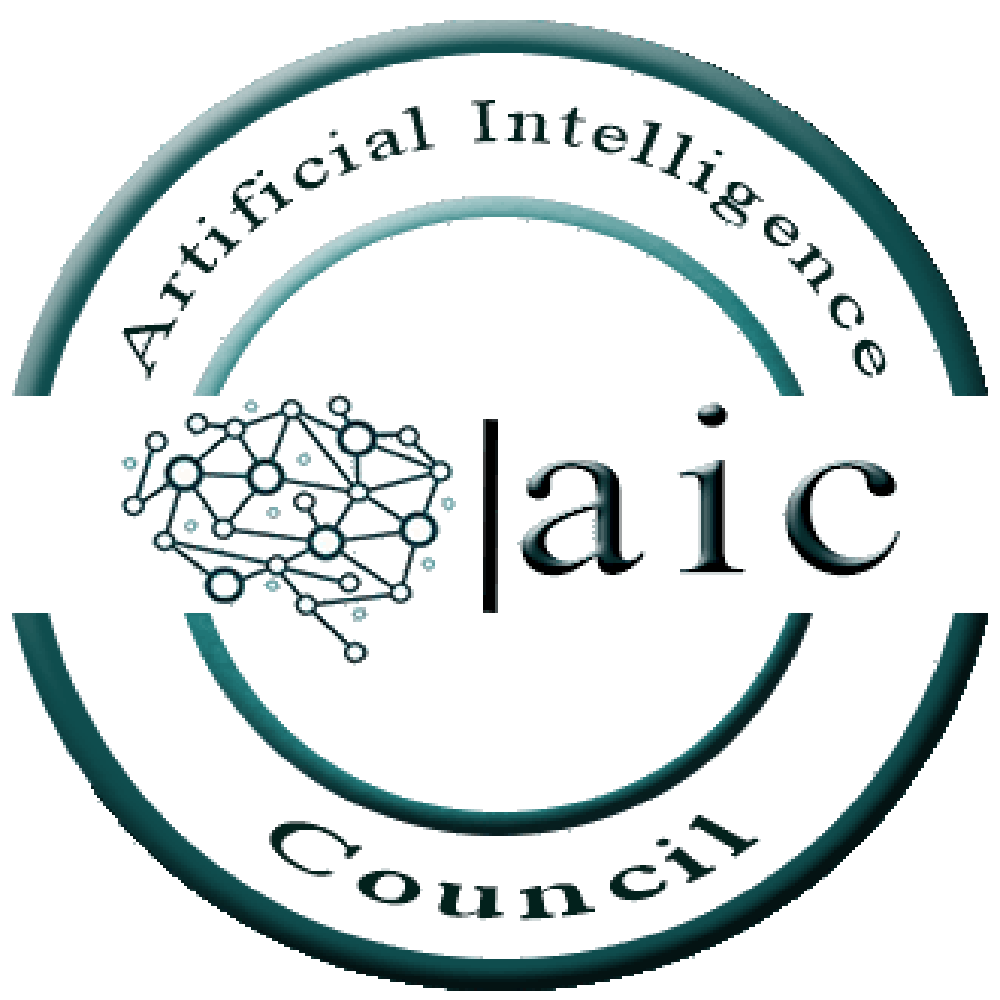Introduction to Large Language Models: Training, Applications, and Limitations
Step 1: What is a Large Language Model?
A large language model is a type of artificial intelligence (AI) that is designed to understand and generate human language. These models use machine learning algorithms to analyze vast amounts of text data and learn how to predict the next word or phrase in a sentence.
Some of the most well-known large language models include OpenAI’s GPT-3 and Google’s BERT. These models are trained on massive datasets, such as the entirety of Wikipedia, and can generate surprisingly human-like text.
Step 2: How are Large Language Models Trained?
Training a large language model is a complex process that involves several steps. Here’s a high-level overview:
- Data Collection: First, a large dataset of text is gathered from various sources, such as books, news articles, and web pages.
- Tokenization: The text is then broken down into smaller units called tokens. These tokens can be words, phrases, or even individual characters.
- Model Architecture: Next, a neural network architecture is chosen, such as a transformer network. This network is then trained to predict the next token in a sequence of text.
- Training: The model is then trained on the dataset, with the goal of minimizing the difference between the model’s predictions and the actual next token in the sequence.
- Fine-Tuning: Once the model has been trained on a large dataset, it can be fine-tuned on a smaller, more specific dataset. This allows the model to learn about a particular domain, such as medicine or finance.
- Inference: Finally, the trained model can be used to generate new text by predicting the next token in a sequence based on the input text.
Step 3: How can I use a Large Language Model?
There are many ways to use a large language model, depending on your needs. Here are a few examples:
- Content Generation: Large language models can be used to generate human-like text for a variety of purposes, such as writing articles or chatbot conversations.
- Language Translation: Large language models can be trained to translate text from one language to another.
- Text Classification: Large language models can be used to classify text into different categories, such as sentiment analysis or topic modeling.
- Question Answering: Large language models can be used to answer questions posed by users, such as in a virtual assistant or customer support chatbot.
Step 4: Where can I find Large Language Models?
Large language models can be found on various platforms, such as:
- OpenAI’s API: OpenAI offers an API that allows developers to access their GPT-3 language model.
- Hugging Face: Hugging Face is a popular platform for accessing pre-trained language models, as well as tools for training and fine-tuning your own models.
- Google Cloud AI Platform: Google Cloud offers a variety of machine learning tools, including access to pre-trained language models such as BERT.
Step 5: What are the Limitations of Large Language Models?
While large language models have many potential applications, there are also some limitations to consider. Here are a few examples:
- Data Bias: Large language models can be biased based on the dataset they were trained on, which can lead to inaccurate or offensive results.
- Ethical Concerns: Large language models can be used to generate fake news or manipulate public opinion, which raises ethical concerns.
- Energy Consumption: Training large language models requires a lot of computational power, which can have a significant environmental impact.
Conclusion
In conclusion, large language models are a powerful tool for natural language processing and can be used for a wide variety of applications. They are trained on massive datasets using complex machine learning algorithms and can generate human-like text.
There are several platforms where you can access pre-trained language models, such as OpenAI’s API, Hugging Face, and Google Cloud AI Platform. However, it’s important to be aware of the limitations of these models, such as data bias, ethical concerns, and energy consumption.
Overall, large language models have the potential to revolutionize the way we communicate and interact with technology. As the technology continues to evolve, it will be exciting to see what new applications and use cases emerge.

